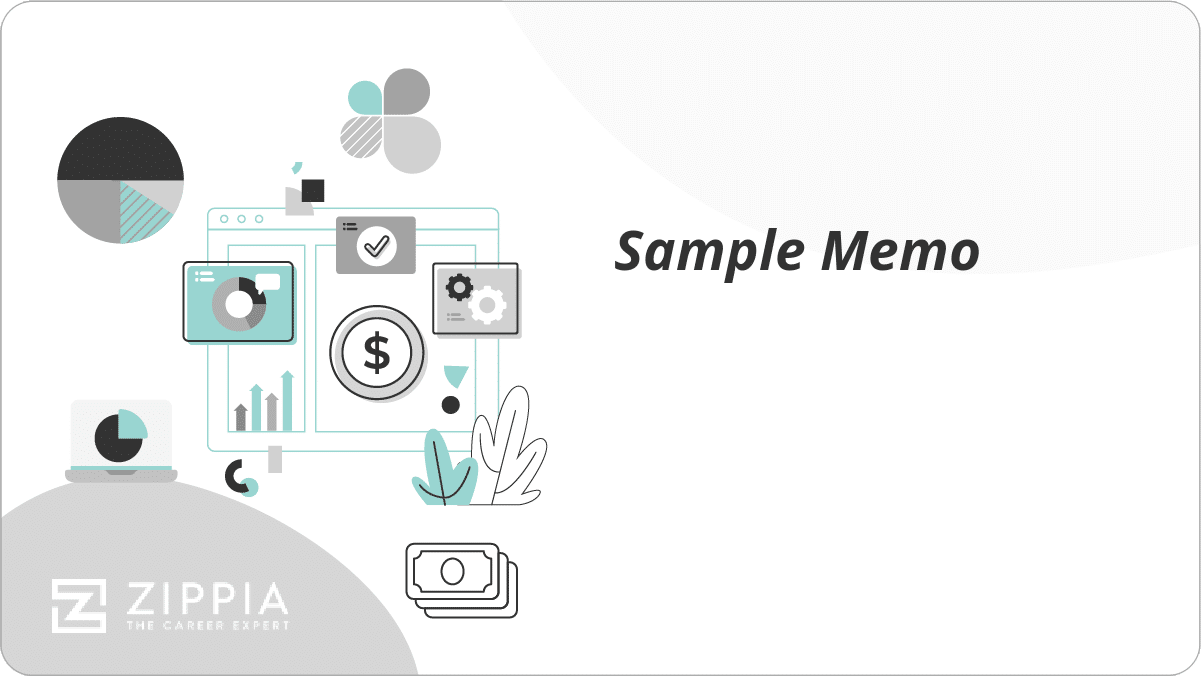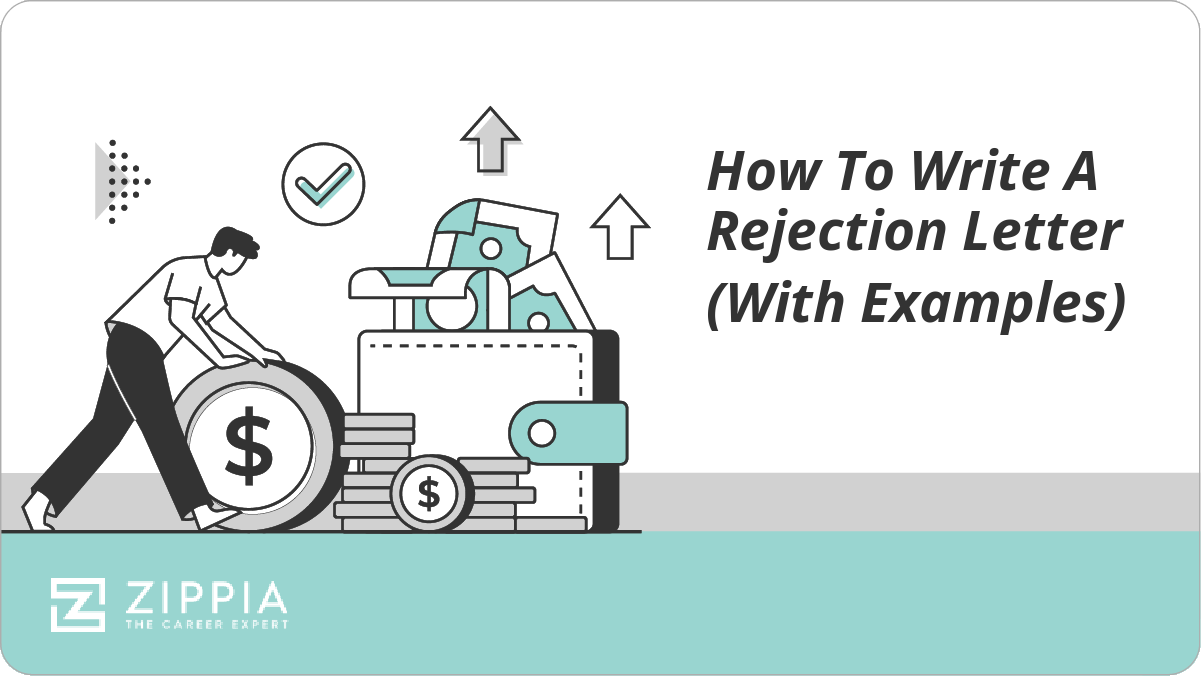- Communicating
- Send Retirement Wishes
- Write A Congratulations Email
- Professional Voicemail Greeting Examples
- Made A Mistake At Work
- Google Tricks
- Appeal Letter
- Employee Morale
- How To Write A Professional Email
- Out Of Office Message
- Small Group Icebreakers
- Memo Format
- Memo Examples
- Cell Phone At Work
- Meeting Minutes
- Communication Barriers
- How To Take Notes
- How To Brainstorm
- Ask For A Mental Health Day
- Transfer Request Letter And Email Examples
- How To Write A Business Proposal
- How To Deal With A Lazy Coworker
- How To Write A Rejection Letter
- How To Say No
Find a Job You Really Want In
A memo, short for memorandum, is a document that transmits information. Memos are often used in business, but will also be used in government, nonprofits, and other organizations. As its purpose is to convey or solicit information, memoranda are usually direct, succinct, and professional.
Memos are written to be efficient, meaning that they tend to be short and to the point. The assumption is the readers are busy and want to be able to glean the necessary information from it as quickly as possible. If you’re looking at how to write a memo or are curious as to what a memo actually is, then this article is a good place to start.
Key Takeaways
-
Memos are official forms of communication within an organization — usually to a group of people — used to share policy changes, team and project updates, or other more formal, permanent messages than those you’d send in an email or text.
-
It’s important to follow a standard memo format so that it looks professional and readers can find what they’re looking for quickly.
-
You can use memos to give a report, make a request, confirm a plan or decision, or ask for suggestions.

What is a memo?
Memos are a type of communication to share news, updates, or relevant information within a business. They’re typically short and to the point, since they can replace formal meetings and cover team updates, policy reminders, and quick corporate updates.
When thinking about whether you need to write a memo or not, think about what kind of information you’re sharing and its importance. Memos fall somewhere between formal professional letters and quick update emails.
If you want to just email or message a coworker, you probably don’t need to write a formal memo. If your information is a bit more important and many people inside and outside of your company will see it, a letter might be a better way to go.
Choose From 10+ Customizable Resume templates
Zippia allows you to choose from different easy-to-use resume templates, and provides you with expert advice. Using the templates, you can rest assured that the structure and format of your resume is top notch. Choose a template with the colors, fonts & text sizes that are appropriate for your industry.
How to format your memo
Memos, as with all business writing, have an expected format. That means that no matter the kind of memo you’re writing, you should stick with the same basic format. This helps to make your memorandum look professional, be informative, and make it easier to write.
-
Heading. Start with a professional heading that includes your name and job title, your recipient’s name and job title, the date, and the subject.
You should try to be precise with your subject title since your recipient might receive a lot of memos in a day, and if you get specific, they can know exactly what to expect from your memo.
-
Opening. Your first paragraph should state why you’re writing the memo, giving some context to your problem or message, and then explaining the update, task, or question you have.
Think of this section as a quick overview, so your reader knows what they’re going to read later in the memo. You can go more in-depth later but give a good summary and overview here.
-
Context. This is the place to go more in-depth and explain any background information that’s important to the goal of your memo. You can explain any jargon or technical terms, how your problem came about, or give context on the broader project you’re working on.
It’s important to keep your reader in mind when you’re writing this section. If you’re writing to a close teammate who’s worked on the whole project with you, you’ll need less background than if you were reaching out to someone from a different department who has never heard of your project.
-
Task section. Here’s where you can write out how you’re addressing the problem or preparing to take the next step of a project. You want to make sure you give a thorough explanation of what your task is, and you can ask other people to help out in this section.
If you don’t have a clear idea of what your next steps are, you should brainstorm a bit more and get a solid plan. Otherwise, you can ask your recipient to advise on the best next step.
-
Summary. If you have a lengthy memo, you might want to include a summary section. This can be a good way to remind your reader of the key points and actions. You only need a summary section if your memo is over a page or two, so don’t worry about including this part.
-
Discussion. Discussion sections are the bulk of a memo and include all of the facts, data, and details that support the rest of the memo. You can go in-depth here and provide as much information as you think is necessary to support your argument or request in the rest of the memo.
It’s a good idea to start with general information, then move into specific details and organize your thoughts from strongest to weakest support. This makes it easier for your reader to skim and understand the key parts of your argument.
-
Closing. Once you’ve written down everything you need to share, you can write a closing to reiterate all of your main points. This is a good section to include whatever actions you need your reader to take or any tasks that need to be completed after reading the memo.
Closings can be short since the summary section serves as a wrap up of everything you’ve written.
-
Additional attachments. If you have anything you want to include, like graphs, data, or extra information, you can include it as an additional attachment at the end of your memo. This part is optional, and you should only include things that are really necessary but don’t quite fit into your memo.
Memo examples
From: Jane Smith, HR Director
To: Product Development Department
Date: 1/20/21
Subject: Update on Product Development HiringDue to recent changes in hiring budgets, we are unable to continue the search for a new Product Designer as requested from the Product Development Department in November 2020. We will delay the search process until at least Q2 of 2021.
The administrative team has put a freeze on all hiring as the company’s finances are under review. We understand that the Product Development team put in a request for a new hire, and we began the preliminary search process in Q4 of 2020, but due to the current constraints, we are unable to continue with the process.
We will keep all of the resumes and applications that we have received on-file, then restart the search process when the administrative team allows us to proceed. Please feel free to reach out to my team and request the resumes if you’d like to start taking a look at candidates, but know that we cannot take the hiring process any further until the administrative team gives us the ok.
If there are any changes that you would like to make to the job description (attached below), please let us know.
Thank you for understanding the situation we’re in, and please let us know if we can do anything to support the Product Development team during this period. We will keep you updated on the process when anything changes.
(Here is where the job description can be attached)
To: All Employees
From: Sean Swartz, CEO
Date: October 15, 2022
Subject: Addition of VTO in the New YearThis is to announce our intention of adding volunteer time off (VTO) to our PTO offerings as of the next year, starting January 1, 2023.
As our company greatly values giving back to the community, we have decided that offering VTO is an excellent way to both give more to our employees and the community. We will be including 24 hours of VTO for every full-time employee in addition to our current PTO package.
The option to request VTO will be added to our HR page come January 1st, along with a list of accepted volunteer organizations.
We welcome comments, questions, and suggestions as to this new policy. You can contact me directly at sswartz@companyname.com or send questions or suggestions to the HR department email of generalinquiries@hrdeparment.com.
Thank you,
Sean Swartz
555-455-9752
sswartz@companyname.com
Types of memos
Memos usually serve a particular purpose in terms of the information they convey. They can be a request, confirmation, suggestion, or report. The general format of the memo is the same no matter what its purpose is, but there is some variation to make them more effective.
-
Report memo. These are for giving an update on a project or sending out a progress report. You’ll need to include a project timeline and summarize where in the process you are, so think about what information you could convey in this format.
-
Request memo. If you need help from another teammate or a whole department, you should write a request memo. These typically need to explain the background of the project you’re working on, where you’re stuck, and how the other person or people can help you out.
You’ll need to explain the project or problem, so think about how much your recipient knows about the issue when writing it.
-
Confirmation memo. Suppose you want to get a plan or an agreement in writing; confirmation memos are a great way to do it. You can summarize your plan and delegate tasks in the memo so that everyone is on the same page and knows what’s going on in general and what their role is.
-
Suggestion memo. These can take many forms, but managers usually send them out to solicit feedback or suggestions from their employees. Sometimes managers need help figuring out the best solution to a problem, so these are a great way to outline the problem and ask other people for help.
Memo FAQ
-
A memo PDF is a memo sent as a PDF. Many organizations and individuals prefer to send their memos as PDFs so that recipients can easily share and save the document and so that the formatting and message won’t be altered by computer programs or people.
-
Yes, memos can be two pages. In fact, your memo may need to be two pages in order to be effective. Just make sure you’re consistent with your formatting across every page and include a summary or section headers in order to help readers find the information they need.
-
You end a memo with a brief summary of the action the recipient needs to take after reading the memo. If you don’t end with this, your readers won’t remember what it is you’re asking them to do or won’t realize you’ve asked them to do anything.
-
What makes a good memo?
A good memo is brief, direct, and easy to read. You will want to include enough information for your recipient without going into detail too much. You should only include relevant information, which should help with cutting down unnecessary information. Make it easy to read by writing short paragraphs.
References
- Communicating
- Send Retirement Wishes
- Write A Congratulations Email
- Professional Voicemail Greeting Examples
- Made A Mistake At Work
- Google Tricks
- Appeal Letter
- Employee Morale
- How To Write A Professional Email
- Out Of Office Message
- Small Group Icebreakers
- Memo Format
- Memo Examples
- Cell Phone At Work
- Meeting Minutes
- Communication Barriers
- How To Take Notes
- How To Brainstorm
- Ask For A Mental Health Day
- Transfer Request Letter And Email Examples
- How To Write A Business Proposal
- How To Deal With A Lazy Coworker
- How To Write A Rejection Letter
- How To Say No

















